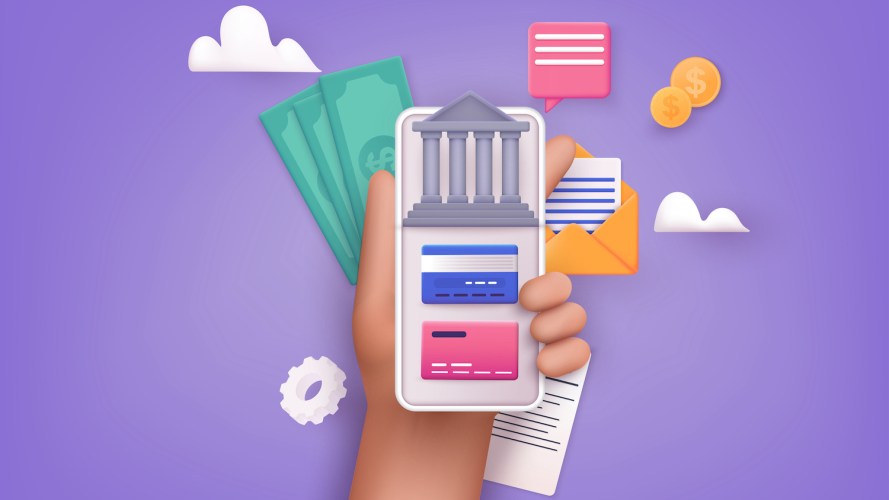What Are Your Customers Really Saying? Learn How To Expand Their Feedback



Feedback takes on new value when you connect it to customer data and artificial intelligence.

Hillary Scott
Imagine if you knew exactly how your customers felt about their experiences with your company. Now, let’s say you knew how those experiences could affect their future behavior. With this information, you could improve every customer interaction with your brand. That’s the power of customer feedback done right.
Satisfying interactions lead to deeper customer relationships and greater loyalty: 94% of retail customers say a positive customer service experience makes them more likely to make another purchase.
Today, technology makes it possible for you to combine customer feedback at the optimal moments with customer data you already have to provide better context. This makes your customer feedback actionable to improve service. Here’s how you can do it.
Understand your customers better with unified data
Learn how to understand your customers better by combining their feedback with the data you already have about them. This context helps you improve their overall experience.



Optimize the way you collect customer feedback
Great customer service starts with the right data for the right context.
Customer insights aren’t “nice to haves.” In fact, 73% of customers say they expect companies to understand their unique needs. And 89% of business buyers say they are more likely to buy from a company that understands their business goals.
But insights in isolation aren’t very valuable. They require context, which means unifying all data points around a customer in one place — for example, service history, purchase history, geography, and age bracket. With this surrounding information, customer feedback becomes richer — even if it’s just a simple rating on a scale of one to 10 or a brief text message.
Collecting the right data at the right moment is an essential ingredient to data optimization. You need to track customer sentiment as close as possible to the experience. Customer surveys, for example, need to be focused and personalized — as one specialty retailer learned. Survey responses had been very low until the retailer revamped its survey system to trigger personalized questions. Different surveys were created and triggered to send based on when specific cases closed. The retailer saw responses jump 600%, enabling it to make targeted improvements to its services. As a result, the average customer satisfaction score (CSAT) increased to 4.7 out 5 in six months.
Use artificial intelligence to better understand the customer
You can scale your ability to understand and respond to what customers want with the help of artificial intelligence (AI).
AI can quickly process large amounts of data and recommend next-best-actions in real time, eliminating the time service agents often spend reviewing historical data. In fact, you can develop rules-based responses based on the lifetime value of the customer and where they are in their journey with you. This helps you generate optimized responses quickly.
For example, you might have a rule to give customers a gift card if they spend a minimum amount every month. Customers who spend less might be eligible only for an email apologizing for a mistake. Or, AI may scan past feedback data showing that long wait times result in low CSAT scores — in which case an automated rules-based response could move customers up in the queue.
AI can also help you spot patterns in unstructured customer survey comments at scale. For example, AI can identify comments that reveal patterns of a particular support agent not understanding the product very well or being abrupt. You can adjust employee training to address these weaknesses. Or, it may reveal that packages in one region of the country are arriving in poor condition. That may be a signal for you to change your packaging or delivery suppliers.
Share feedback widely so everyone takes ownership for great customer service
Everyone needs to see how they contribute to good service. Feedback data should be shared companywide to optimize the customer experience. Here are examples of how it can help:
- Product designers. When AI identifies a pattern of complaints about a product, designers can make changes that will delight customers.
- Bot programmers. Bots can be great tools to share standard information. To update the bots, feedback can help programmers fill in gaps or ensure the bots are responding with relevant information.
- Content creators. Are your Frequently Asked Questions clear? Do they address questions that are truly top of mind? Feedback can help you know when to add new points and polish others.
- Back- and middle-office workers. Poorly managed invoicing or slow responses to suppliers can hurt your standing with customers if they don’t get what they are expecting in a timely manner.
A finely tuned feedback management system makes your employees perform more efficiently and with more personalized responses.
Unified data on a unified platform can help optimize customer feedback
When you unify data on a single cloud-based platform, you can more readily track the customer across lifecycles and identify pain points. The right customer relationship management (CRM) system will help break down the technology silos between departments to give companies a complete view of their customer everywhere they interact with your brand. It also helps employees do their jobs better. High-performing support agents are more than 1.7 times as likely to say they can get all the information they need on a single screen compared to underperforming agents.
The best customer feedback management systems can put it all together for employees, showing them what they need to do to deliver great service. That leads to deeper loyalty because companies no longer need to imagine what customers are feeling and what they might do next. Companies will be able to show customers they understand them because they know what they expect and can deliver it fast.
Watch feedback management in action
See how the Salesforce Feedback Management gives companies a 360-degree view of the customer so they can personalize service, spot trends, build loyalty, and boost engagement.


























